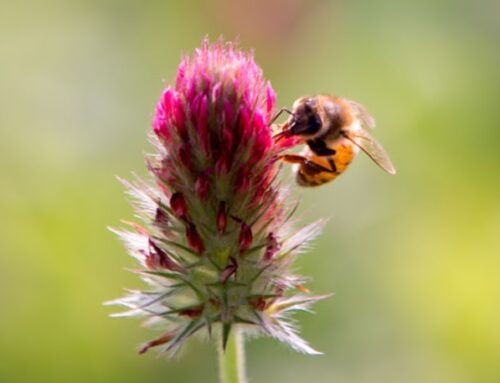Quick history on the signs
The main ingredient that’s used on lawns was first developed in the 1950s for agriculture. It was harsh, unregulated in production and use, and overall troublesome (similar to the first automobiles coming out). This product that got rid of weeds without damaging grass quickly found its way to residential turf. The turf use became mainstream in the 1970s after two decades of refining the product. Because the harshness of first attempts at the product were still fresh in many people’s memories, it was decided that the public needed to be warned of the applications. The law to put up lawn signs was started in the 1970s.
How are the signs used now?
Basically as marketing. We take pride in putting the signs in one of our green and weed free lawns. Our branded colors and logo are like putting a signature on a great piece of work. The products are incredibly refined and safe now – making the warning unnecessary. With our application methods, the lawns are typically dry before we leave. Even before the turf dries, the products pose no health risks to children or pets.
We also use the signs to educate our clients as best as we can. Some of the most common questions we get revolve around the word “when”. “When will the weeds start dying?” “When will the grass green up?” “When can I use the yard again?” “When will you be back?”. We added a timeline to the back of our lawn signs to answer these questions.
Why are the signs still around if they aren’t necessary?
There actually isn’t a state law mandating signs anymore. The Minnesota Department of Agriculture has created a guideline for individual cities to enact ordinances to enforce the use of lawn signs: https://www.mda.state.mn.us/chemicals/pesticides/~/media/Files/licensing/chemicals/warningsignsturf.pdf
We still use the signs because:
- Clients appreciate them
- Some cities we work in do have ordinances requiring their use.
- They are great marketing for the great work we do.


